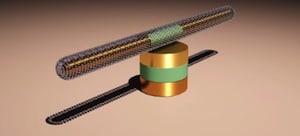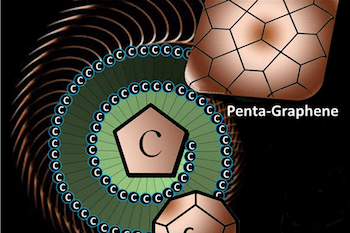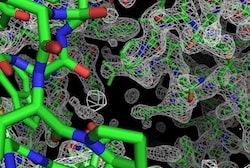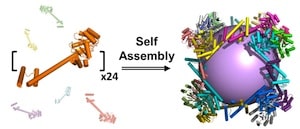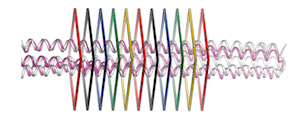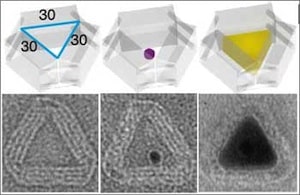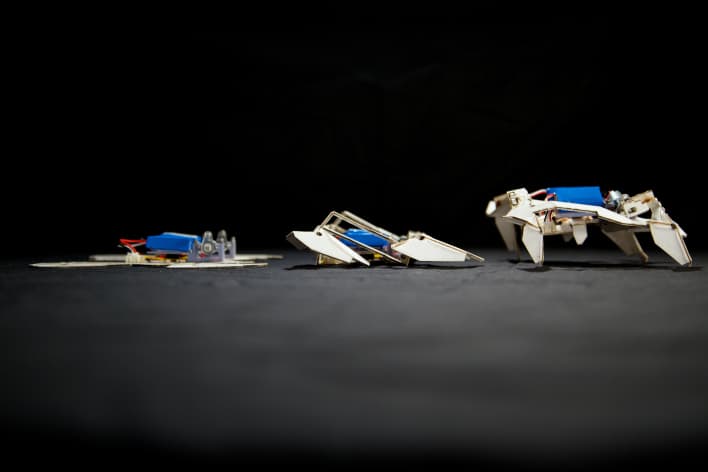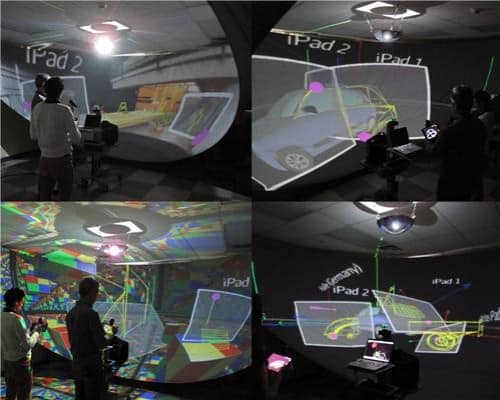Bulk nanoscale technologies were used to create three-segment nanowires of gold and nickel, and magnetic bearings of gold, nickel, and chromium. Combinations of DC and AC electric fields were used to assemble nanomotors that can spin at speeds up to 18,000r.p.m., and for up to 15 hours.
Small, fast, electrically-driven nanomotors
